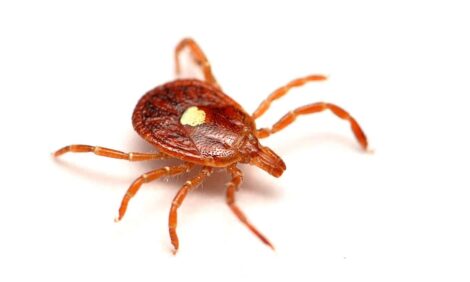



Liquid vs Dry Feeding
By Livestock Knowledge Transfer, UK - This article is the fifth in the series from "Getting the best from your pigs" and looks at the advantages of liquid feeding.
True liquid feeding is the use of a diet that is prepared from either liquid or dry
components which are thoroughly mixed with water in a dedicated mixing tank and subsequently transported to the pig.
The entire process is under computer control and the resultant feed will be 20 to 30% dry matter.
Liquid feeding should not be confused with wet/dry feeder systems where water and feed are
provided separately to the feeder and the pig chooses how much of each it will take.
Nutritional advantages of liquid feeding
- Increased accuracy of feeding and more appropriate feeding scales can be achieved
- Increased dry matter intake for lactating sows and weaners can be accomplished
- Increased DLWG and FCR in finishers
Practical advantages of liquid feeding
- Reduction of dust during handling and feeding gives a healthier atmosphere for the stockperson and the pigs
- Greater diversity in lay-out of buildings can be achieved with a flexible pipeline system as opposed to a rigid conveyor for dry feed
Types of dietary ingredients that can be used in a liquid feeding system
- Standard dry mix meal
- By-products from the dairy industry - whey, yoghurt washings, ice cream washings
- By-products from the starch industry - wheat starch slurry
- By-products from the brewing industry - yeast slurry
- By-products from the human food industry - liquid potato feed
Microbial activity in liquid feeds
Important health benefits are derived from delivering feed in a liquid form.
Lactic acid bacteria, which occur naturally on cereal grains, will multiply in the wet mix and make the feed more acidic.
These bacteria are used in yoghurt and salami production as a preservative for milk and meat. Studies at the University of Plymouth have shown a similar preservative process occurs in liquid feeding systems. This is of benefit, especially to weaner pigs, as the lactic acid bacteria prevent the multiplication of other harmful bacteria in the feed.
A Danish survey has shown that it is NOT good practice to sterilise pipeline feeding systems. Sterilisation removes the beneficial lactic acid bacteria which take 3 to 5 days to re-colonise the pipework.
In that time harmful Coliform bacteria multiply before being killed by the lactic acid. These Coliforms were associated with outbreaks of diarrhoea in the pigs after sterilisation which cleared up as the lactic acid bacteria became established again.
Benefits to the pig from the microbial activity
- Stabilisation of the gut microbes with protection against harmful bacteria
- Production of anti-microbial products in the gut
Types of dietary ingredients that cannot be used in liquid feeding systems
- Waste food, commonly known as swill, is now banned for use in the feeding of pigs
- Diets with a high content of sugar beet pulp may cause problems with liquid feeding systems due to its physical properties

Source: Livestock Knowledge Transfer - First published 2001. Added to this site 2003.






